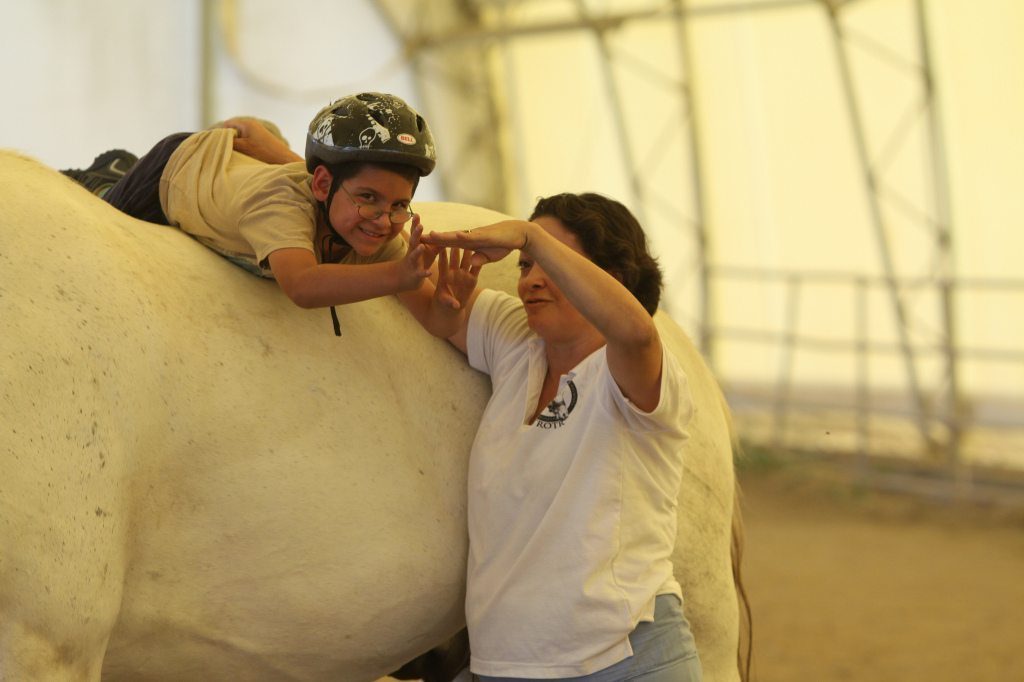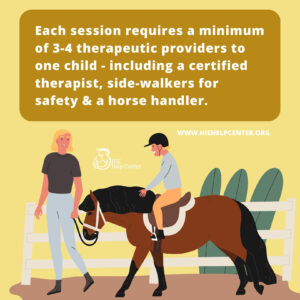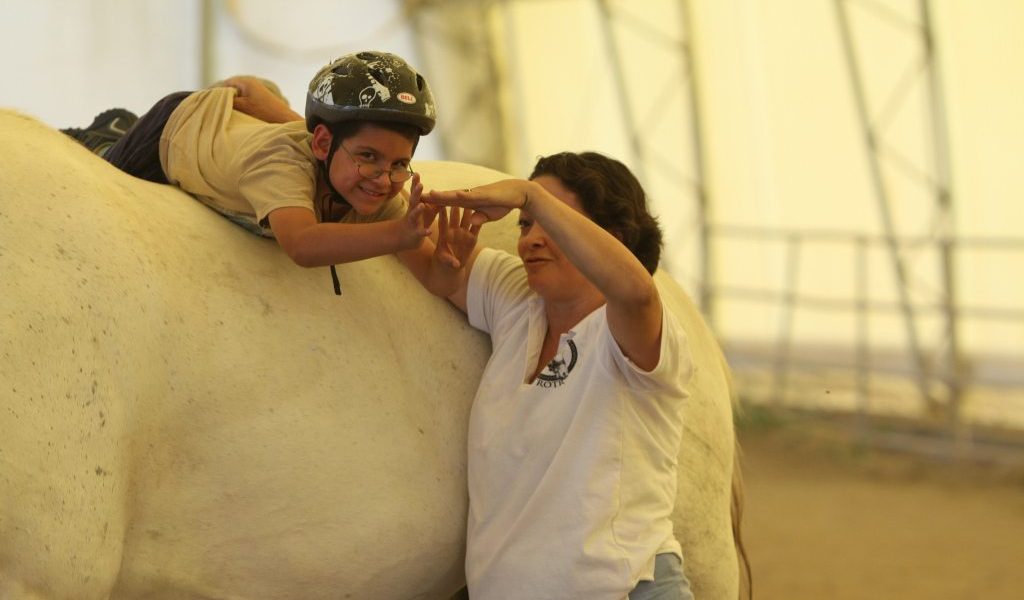 Hippotherapy (HPOT) is a widespread form of animal-assisted therapy that utilizes horses to improve physical, emotional, and cognitive skills. This is one of the most common forms of recreational therapy, with hundreds of therapeutic recreational programs run across the United States. While still considered an alternative form of therapy, parents report that hippotherapy is often very beneficial for their children, helping with physical, intellectual, and emotional disabilities.
Hippotherapy (HPOT) is a widespread form of animal-assisted therapy that utilizes horses to improve physical, emotional, and cognitive skills. This is one of the most common forms of recreational therapy, with hundreds of therapeutic recreational programs run across the United States. While still considered an alternative form of therapy, parents report that hippotherapy is often very beneficial for their children, helping with physical, intellectual, and emotional disabilities.
Is it different than regular horseback riding?
Yes, Hippotherapy differs from leisurely horseback riding because the therapy is run by licensed physical therapists. Such programs should be accredited by PATH International and/or the American Hippotherapy Association. It is a medical therapy that often requires a prescription from provided under prescription from a doctor. Patients who do well in HPOT can eventually progress to ‘therapeutic riding,’ which is supervised recreational riding for individuals with disabilities.
How Does Hippotherapy Work?
 Hippotherapy utilizes the movement of a horse to provide therapeutic benefits to children with disabilities. The rhythmic movements are known to help improve muscle tone, balance, posture, coordination, strength, flexibility, and cognition. The rocking and repetitive gait of the horse is similar to the movements necessary for walking, and the therapy is often used as a developmental precursor to walking. In addition to these physical benefits, the novel environment and skill mastery associated with horseback riding often increases self-esteem, communication, and confidence.
Hippotherapy utilizes the movement of a horse to provide therapeutic benefits to children with disabilities. The rhythmic movements are known to help improve muscle tone, balance, posture, coordination, strength, flexibility, and cognition. The rocking and repetitive gait of the horse is similar to the movements necessary for walking, and the therapy is often used as a developmental precursor to walking. In addition to these physical benefits, the novel environment and skill mastery associated with horseback riding often increases self-esteem, communication, and confidence.
How Can Hippotherapy Benefit Disabled Kids?
 Children with cerebral palsy and hypoxic-ischemic encephalopathy (HIE) may benefit immensely from hippotherapy. When a horse walks or gallops, it does so in a rhythmic pattern. While atop a horse, these rhythmic movements are transferred to the rider, allowing the rider’s hips to and torso to align and move along with the horse.
Children with cerebral palsy and hypoxic-ischemic encephalopathy (HIE) may benefit immensely from hippotherapy. When a horse walks or gallops, it does so in a rhythmic pattern. While atop a horse, these rhythmic movements are transferred to the rider, allowing the rider’s hips to and torso to align and move along with the horse.
This process can help those who suffer from abnormal muscle tone, impaired coordination, and impaired balance become more familiar and comfortable with fluid movement. This type of movement is typically difficult to reproduce in a traditional therapy setting, which makes HPOT a useful supplement to other therapy programs designed to improved gross motor function.
Hippotherapy sessions typically occur weekly for about 30 minutes at a time. The horses are often small and can accommodate young riders, even as young as 18 months. The therapies are safe, as each session requires a minimum of 3-4 therapeutic providers to one child (including a certified therapist, side-walkers for safety, and a horse handler).

